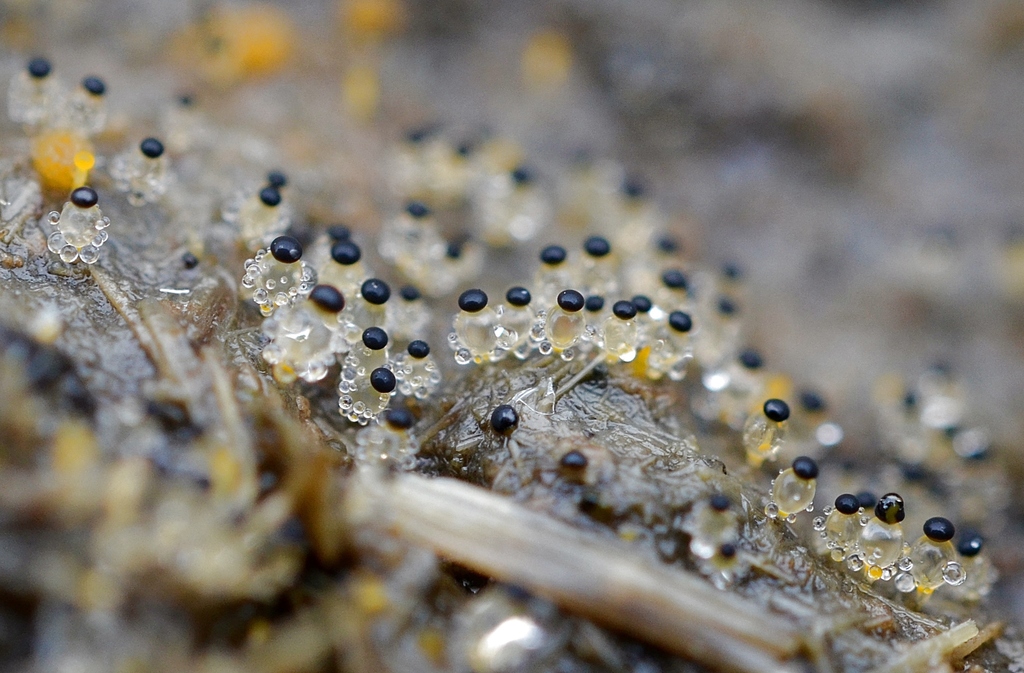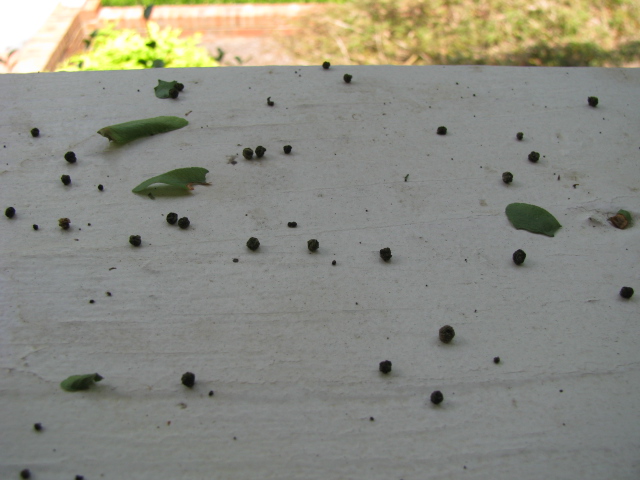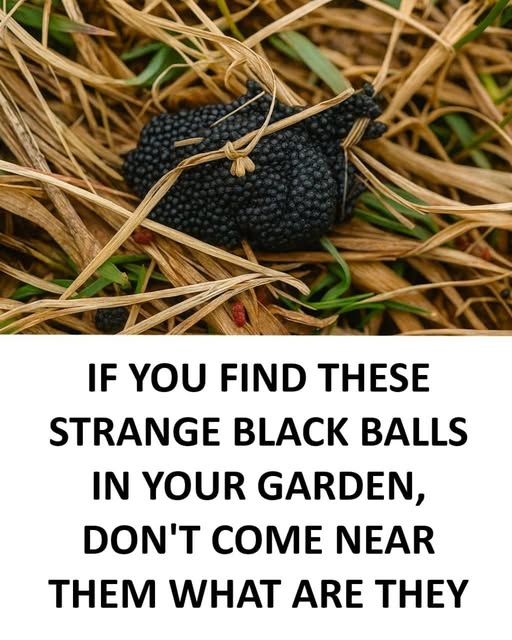If you’ve recently noticed small, black, spherical objects in your garden, you might be curious or even concerned about their origin. These mysterious formations can vary in size and texture, but many are harmless and part of nature’s cycle.
Common Culprits: Fungi and Slime Molds
One of the most frequent causes of these black balls is fungi. Earth balls (Scleroderma species) are a type of puffball fungus that appears as hard, black spheres. When mature, they release spores through cracks in their outer layer. These fungi typically grow on decaying organic matter and are not harmful to plants. Another possibility is shotgun fungus (Sphaerobolus spp.), which thrives in damp, decaying wood, such as decomposing bark mulch. This fungus is known for its ability to shoot spores forcefully, leaving tiny black dots on pale surfaces like house siding. While not harmful, the spores are sticky and can be challenging to remove.

Insect Activity: A Closer Look
In some cases, what appears to be a black ball might be insect-related. Leaf galls, caused by tiny wasps laying eggs on plant leaves, can form small, round, black structures. These galls are typically harmless to the plant and can be removed by pruning the affected leaves.
Potential Health Concerns: Tick Eggs
In rare instances, especially in humid or secluded areas of the garden, the black balls might be tick eggs. Ticks lay hundreds to thousands of eggs in hidden spots. These eggs are round, shiny black, and about 1 mm in size. While tick eggs themselves aren’t directly harmful, they indicate a potential presence of ticks, which can transmit diseases like Lyme disease and tick-borne encephalitis.
Identifying the Source
- To determine the exact nature of the black balls in your garden:
- Examine their texture: Fungal balls are typically hard, while insect-related galls might be softer.
- Check the surrounding area: Fungi often grow near decaying wood or mulch, while insect galls are found on plant leaves.
- Consider the location: Tick eggs are usually found in secluded, moist areas.
Steps to Take
- For fungi: If you identify the black balls as fungi, it’s generally safe to leave them. They play a role in decomposing organic matter. However, if they are unsightly or in areas where children play, you can remove them by gently scraping them off.
- For insect galls: Prune the affected leaves to prevent the spread. Ensure you dispose of the pruned material away from your garden to avoid re-infestation.
- For tick eggs: If you suspect the presence of tick eggs, especially in areas frequented by pets or children, it’s advisable to consult a pest control professional. Regularly check for ticks on pets and family members after spending time outdoors.

Conclusion
Finding black balls in your garden can be unsettling, but most are natural occurrences that don’t pose a significant threat. By observing their characteristics and surroundings, you can determine their origin and take appropriate action. Always prioritize safety, especially when dealing with potential health concerns like ticks. Always prioritize safety, especially when dealing with potential health concerns like ticks. Proper disposal and regular monitoring will help keep your garden safe.

















